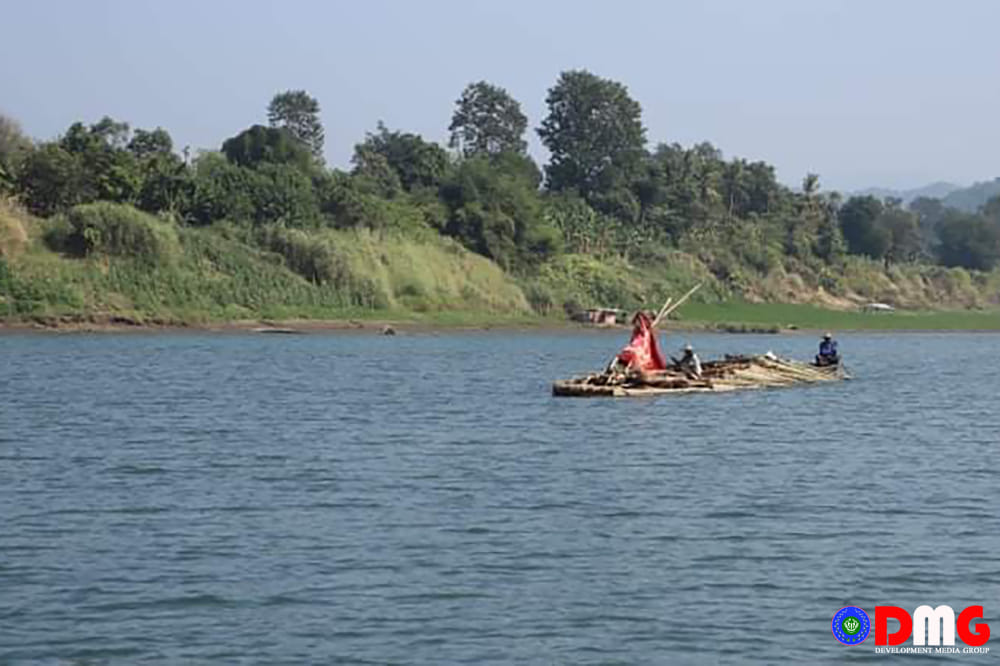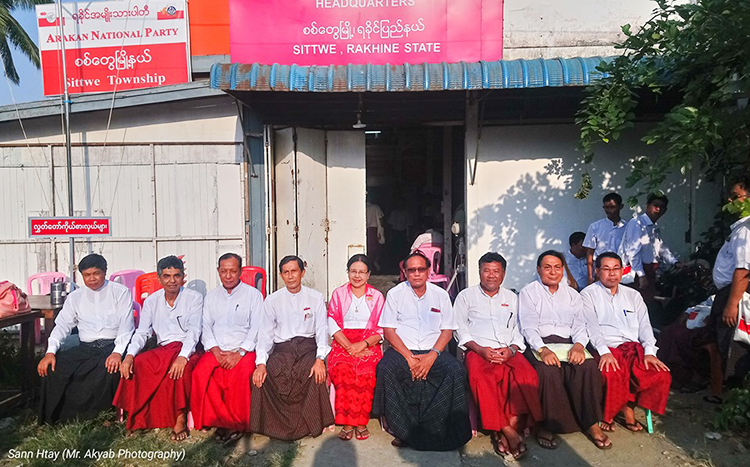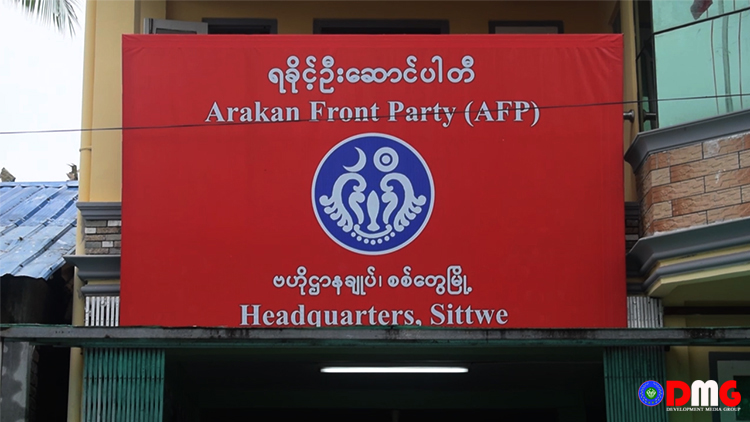- Fighting escalates between Myanmar military, Arakan Army in Ayeyarwady Region
- Regime steps up civilian arrests in Sittwe
- ULA safeguards Mrauk-U's ancient heritage
- Arakan on the Edge: What the DMG Landmine Impact Report Reveals About Myanmar's Deepening Humanitarian Crisis
- RNP chair U Ba Shein pledges renovation of Manaung Airport, solar plant
Residents from upper reaches of Lay Myo River face difficulties amid rising fuel prices
Residents along the upper reaches of the Lay Myo River in Arakan State, who rely on that waterway for their livelihoods, are facing difficulties due to rising fuel prices that are largely blamed on economic disruptions caused by the Covid-19 pandemic.
11 Oct 2021

DMG Newsroom
11 October 2021, Sittwe
Residents along the upper reaches of the Lay Myo River in Arakan State, who rely on that waterway for their livelihoods, are facing difficulties due to rising fuel prices that are largely blamed on economic disruptions caused by the Covid-19 pandemic.
Locals from Chit Chaung, Phayargyi and Hsinke villages are among those at the upper reaches of the Lay Myo River who are reportedly struggling.
“Food was scarce in the IDP [internally displaced person] camps, so I rented a motorboat from someone who owned a motorboat to cut down bamboo,” said U Hla Myint, a villager who lives at the Sinbawkaing IDP camp in Mrauk-U Township.
“In the past, the money raised from the sale of bamboo and the money provided by the IDP camp were enough to support my family. But now that fuel prices are soaring, if I come back from bamboo cutting, I have nothing left after paying off fuel and food debt,” he added.
Those who run grocery stores along the upper reaches of the Lay Myo River have to travel to Mrauk-U town and Pan Myaung village in Minbya Township to buy commodities by boat. Currently, grocery store owners are struggling to make ends meet due to rising fuel prices and associated transportation costs.
Before the rise in fuel prices, a person traveling from Kone Chaung village to Pan Myaung village had to pay K2,000 per person as ferryboat fare, and additionally K1,000 for a big package and about K500 for a small package.
Ferryboat fares per person have increased to between K2,000-K3,000 for the largest of standard transit packages due to rising fuel prices, said Ko Khaing Zaw Oo, a hawker from Pan Myaung village in Minbya Township.
In recent years, locals from various townships have come to the upper reaches of the Lay Myo River to cut bamboo, but this year the number of bamboo cutters has decreased due to poor bamboo prices and skyrocketing fuel costs, Ko Khaing Zaw Oo explained.
“When fuel prices go up, so do ferryboat fares and transportation charges. It costs about two gallons of fuel to go to Pan Myaung Market. Although not very profitable, it is not convenient to sell everything because of higher fuel prices and higher travel costs,” he said. “With fewer bamboo cutters, the shop is not selling as well as it used to.”
Previously, the price of fuel was K1,000 per litre and K5,500 per gallon, but locally the price has risen to K2,500 per litre and K9,000 to K10,000 per gallon due to volatile US dollar prices.

















